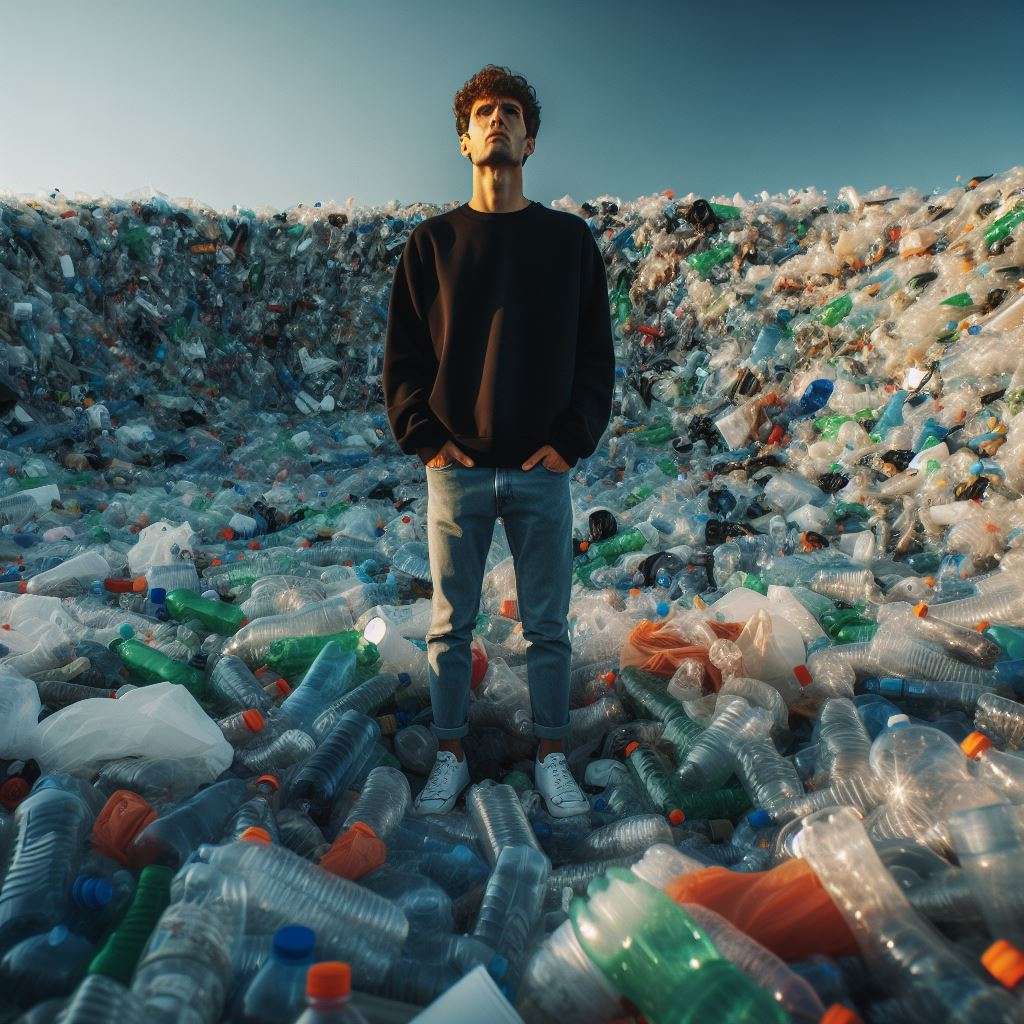Introduction
Did you know the average person generates over 400 pounds of plastic waste per year? That’s enough to fill a small car with plastic trash. I know this because I used to be one of those people. I was addicted to plastic, and I didn’t even realize it.
Plastic was everywhere in my life. I used it to store food, drink water, carry groceries, wrap gifts, and more. I thought plastic was convenient, cheap, and harmless. I was wrong.
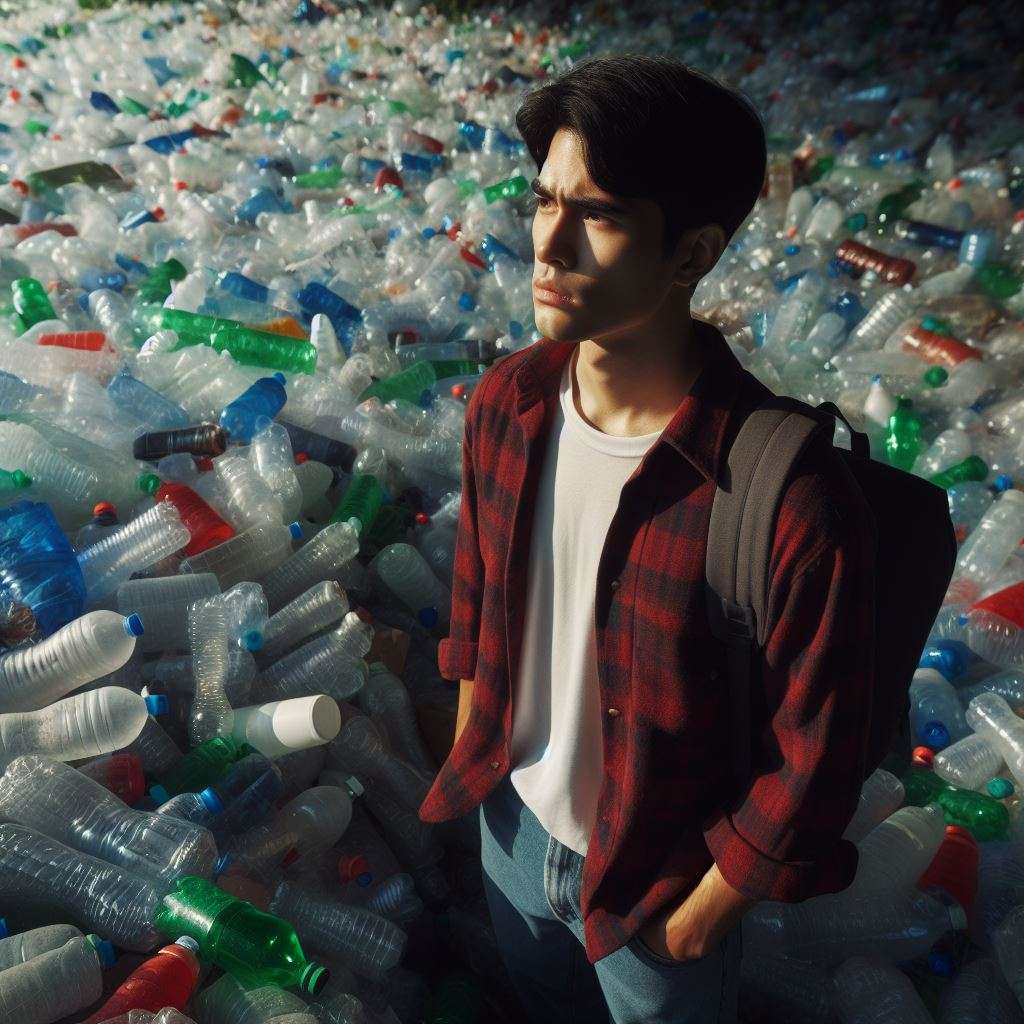
Plastic is not only harmful to the environment but also to our health and well-being. Plastic pollutes our oceans, kills wildlife, and contributes to climate change. Plastic also leaches chemicals into our food and water, disrupting our hormones and increasing our risk of diseases.
I decided to break free from plastic addiction after watching a documentary that showed the devastating effects of plastic on our planet and ourselves. I was shocked and ashamed of my ignorance and irresponsibility. I wanted to change, but I didn’t know how.
That’s why I wrote this article: to share my journey of kicking the plastic habit and to help you do the same. It’s not easy, but it’s worth it. Here are some steps you can take to reduce your plastic use and enjoy a more sustainable and healthy lifestyle.
Section 1: The Allure and the Peril
Plastic is everywhere. It’s hard to imagine a world without it. Plastic has many advantages: it’s lightweight, durable, versatile, and cheap. It makes our lives easier and more comfortable.
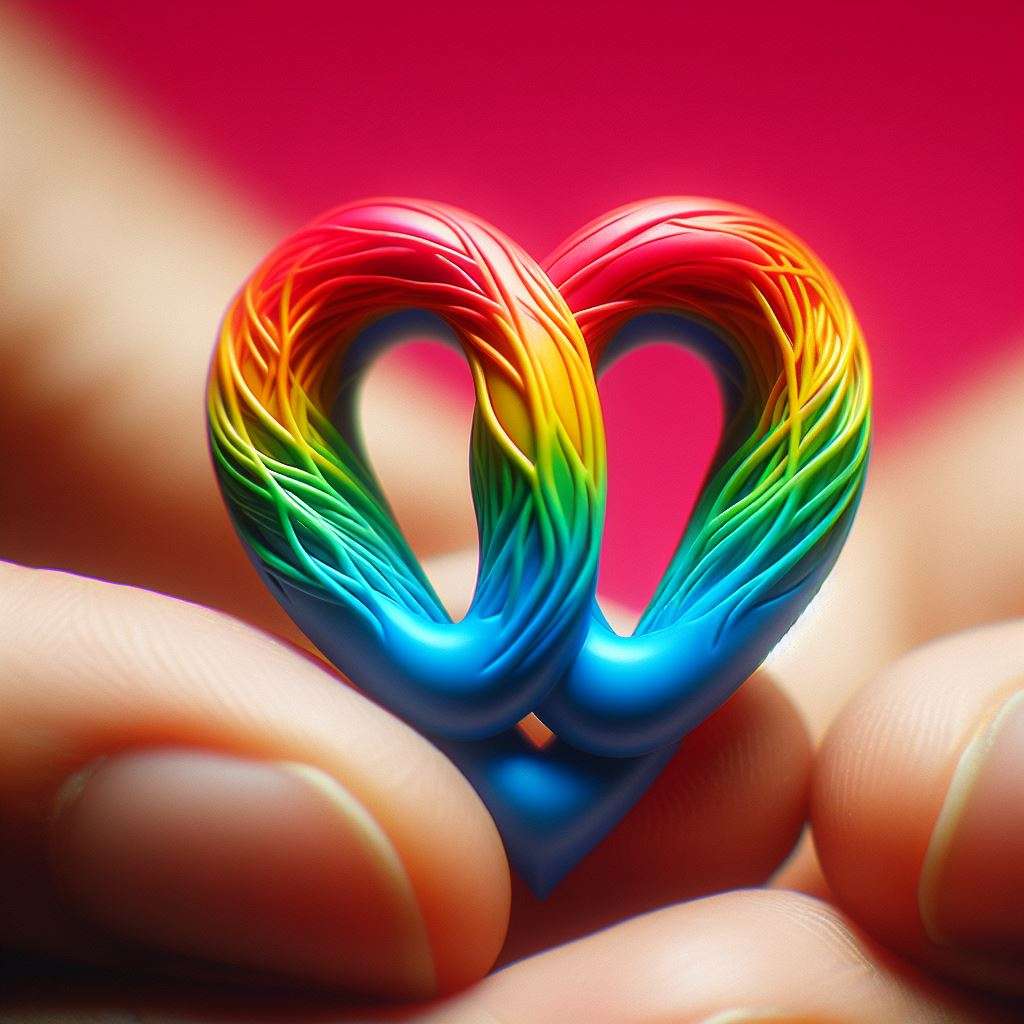
But plastic also has a dark side. Plastic is made from fossil fuels, which are non-renewable and contribute to greenhouse gas emissions. Plastic takes hundreds of years to degrade, and most of it ends up in landfills or in the ocean. Plastic breaks down into microplastics, which are ingested by marine animals and enter the food chain. Plastic also contains additives and contaminants, which can leach into our food and water and affect our health.
According to the World Economic Forum, global plastic production has increased from 2 million tons in 1950 to 381 million tons in 2015. Only 9% of plastic waste is recycled, 12% is incinerated, and 79% is accumulated in landfills or the environment. If current trends continue, there will be more plastic than fish in the ocean by 2050.
Section 2: The Wake-Up Call
I had my wake-up call when I watched a documentary called “A Plastic Ocean”. It was an eye-opening and heart-breaking film that showed the extent and impact of plastic pollution on our planet and ourselves.
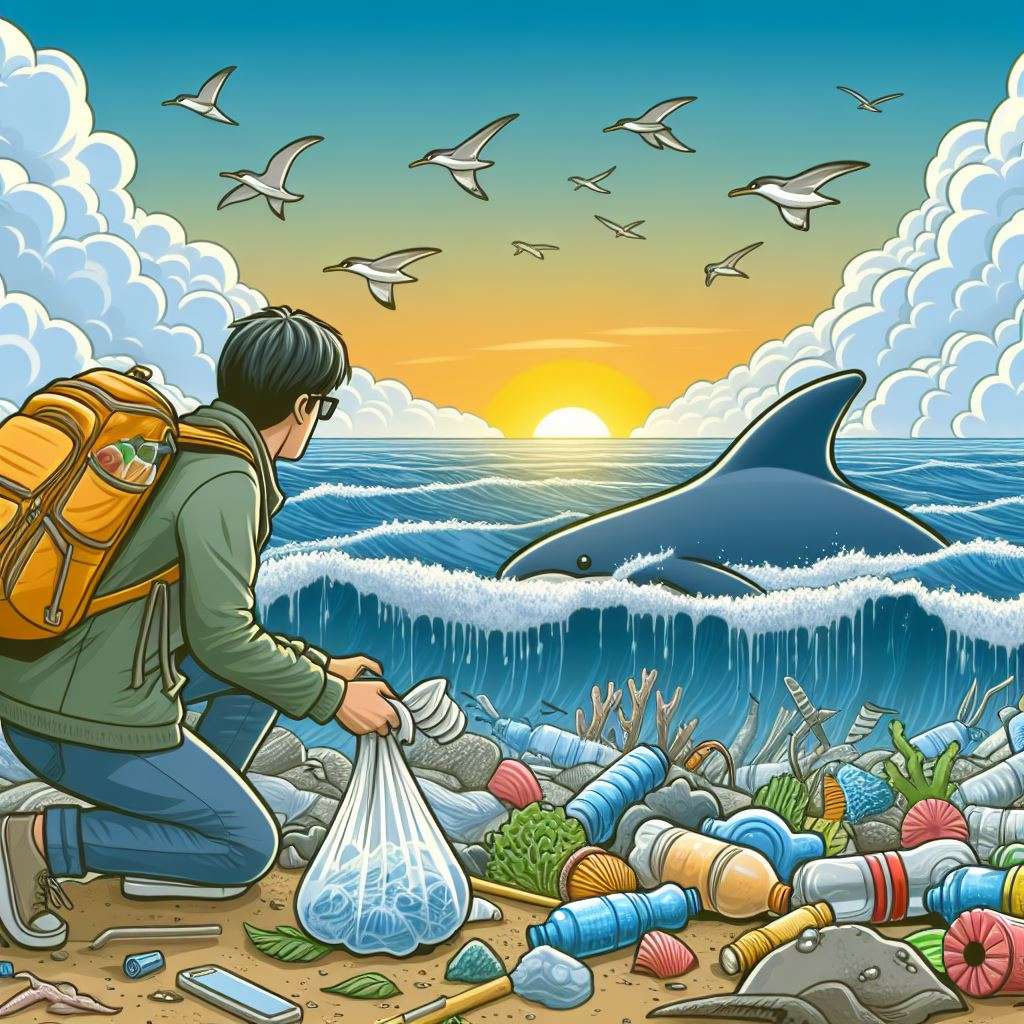
The film featured scenes of beaches covered with plastic debris, oceans filled with plastic soup, and animals entangled, injured, or killed by plastic. The film also revealed how plastic affects our health, as it can transfer chemicals into our bloodstream and organs, disrupting our endocrine system and increasing our risk of cancer, diabetes, infertility, and other diseases.
The film made me realize that I was part of the problem and that I had to be part of the solution. I decided to take action and reduce my plastic use as much as possible. I started by doing some research and learning more about the issue and the alternatives.
Section 3: Kicking the Habit
!A person replacing single-use plastic with reusable alternatives.
The first step to kicking the plastic habit is to become aware of how much plastic we use and where we can avoid it. I did a plastic audit of my home and found out that most of the plastic I used was single-use, meaning that I used it once and then threw it away. This included plastic bags, bottles, cups, straws, cutlery, plates, wrappers, and more.
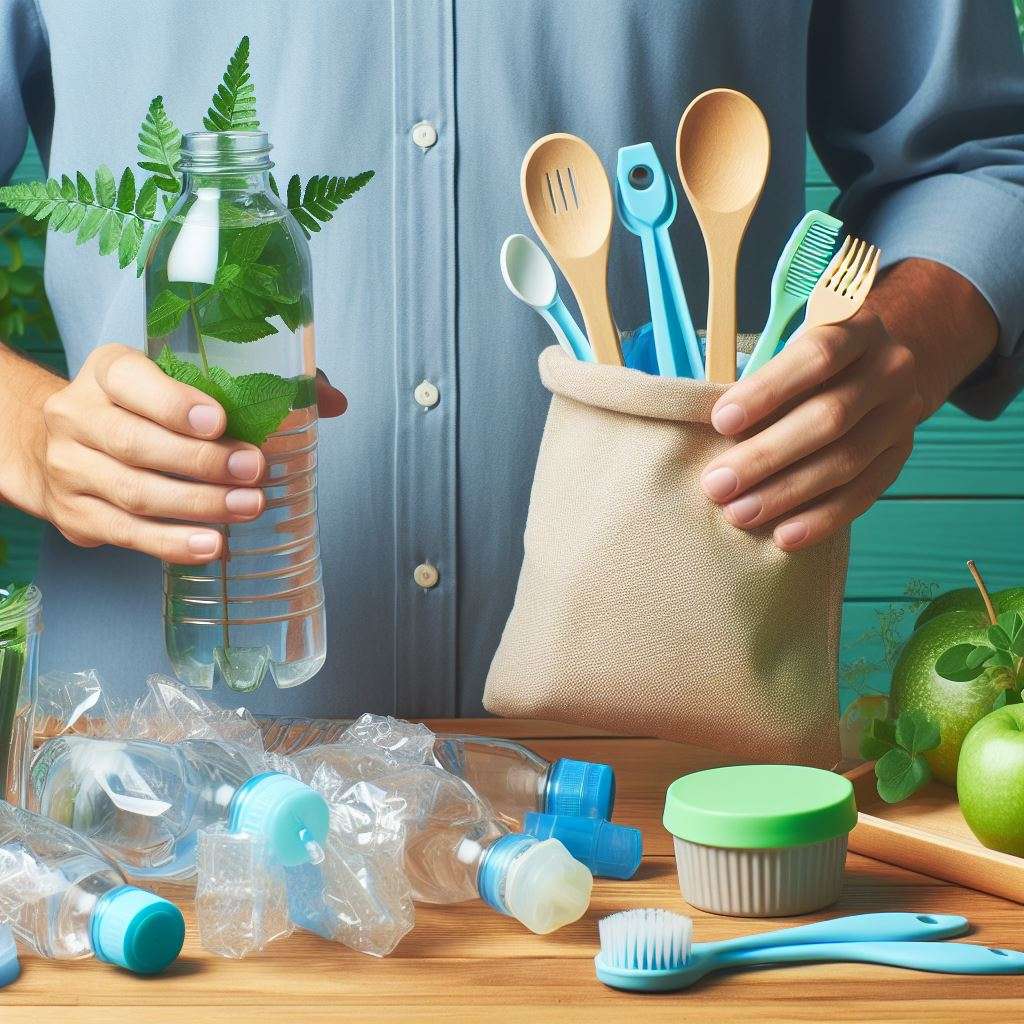
I realized that these items were not only wasteful but also unnecessary. I could easily replace them with reusable alternatives that were better for the environment and for my wallet. Here are some examples of how I did that:I started using a reusable water bottle instead of buying plastic ones, and I switched to cloth napkins instead of paper ones. I also invested in a set of reusable silicone food storage bags to replace disposable plastic ones. Making these small changes has not only reduced my environmental impact but has also saved me money in the long run.
- I bought a reusable water bottle and a coffee mug and filled them up at home or at public fountains and cafes.
- I brought my cloth bags and containers when I went shopping or ordered takeout.
- I used bamboo or metal straws, cutlery, and plates instead of plastic ones.
- I avoided products with excessive or plastic packaging and opted for bulk, loose, or paper-wrapped items.
- I made my snacks and meals instead of buying processed or ready-made ones.
These changes were not only easy to implement but also rewarding. I saved money, reduced waste, and improved the quality of my food and drinks. I also felt good about doing something positive for the planet and myself.
Section 4: The Joy of Recovery
!A person smiling while enjoying a picnic using reusable items in a natural setting.

The second step to kicking the plastic habit is to enjoy the benefits of a reduced-plastic lifestyle. I discovered that living with less plastic was not only possible but also enjoyable. I experienced many advantages, such as:
- Financial savings: I spent less money on disposable items and more on durable and quality ones. I also saved on energy and water bills by using fewer resources and producing less waste.
- Health improvements: I reduced my exposure to harmful chemicals and increased my intake of fresh and organic food. I also felt more energetic and less stressed by living more simply and mindfully.
- Environmental empowerment: I reduced my ecological footprint and contributed to a cleaner and greener world. I also inspired and influenced others to join me in my journey and to make a difference.
The third step to kicking the plastic habit is to share the joy of recovery with others. I realized that I was not alone in my quest and that many people and organizations were working towards the same goal. I joined a local group of plastic-free enthusiasts and participated in events and activities that promoted awareness and action. I also supported local and sustainable businesses and products that offered plastic-free alternatives. I learned a lot from others and also shared my tips and stories.
Conclusion
I hope this article has inspired you to join me in the journey of breaking free from plastic addiction. It’s not easy, but it’s worth it. You don’t have to do it all at once, but you can start with one step at a time. Every little change counts and adds up.
If you want to learn more and get more support, here are some resources and tools that I found helpful:
- Plastic Free July: A global movement that challenges people to reduce their plastic use for a month and beyond.
- My Plastic Free Life: A blog by Beth Terry, a former plastic addict who shares her journey and tips on living with less plastic.
- The Story of Plastic: A documentary that exposes the truth behind the plastic crisis and the solutions that exist.
- Zero Waste Home: A website by Bea Johnson, a pioneer of the zero waste movement who shares her lifestyle and philosophy of living with minimal waste and maximum joy.
- Life Without Plastic: An online store that offers a wide range of plastic-free products for every need and occasion.
Remember, you have the power to make a difference. By choosing to live with less plastic, you are not only helping the environment but also yourself and others. You are creating a better world for yourself and future generations. You are part of the solution.
Let’s trash-talk plastic and embrace a more sustainable and healthy lifestyle. Together, we can do it. 💚
Further Reading
- Green Up Your Life: Simple Swaps for Sustainable Smiles
- Upcycled or recycled products: Choose items made from repurposed materials to reduce waste and support creative artisans
- Reusable Straws: Skip the Plastic Straw and Carry Your Own Metal or Bamboo Straw When Enjoying Drinks on the Go
- The Environmental Benefits of Choosing Eco-Friendly Products
- Top 10 reasons why we need to use eco friendly Products
